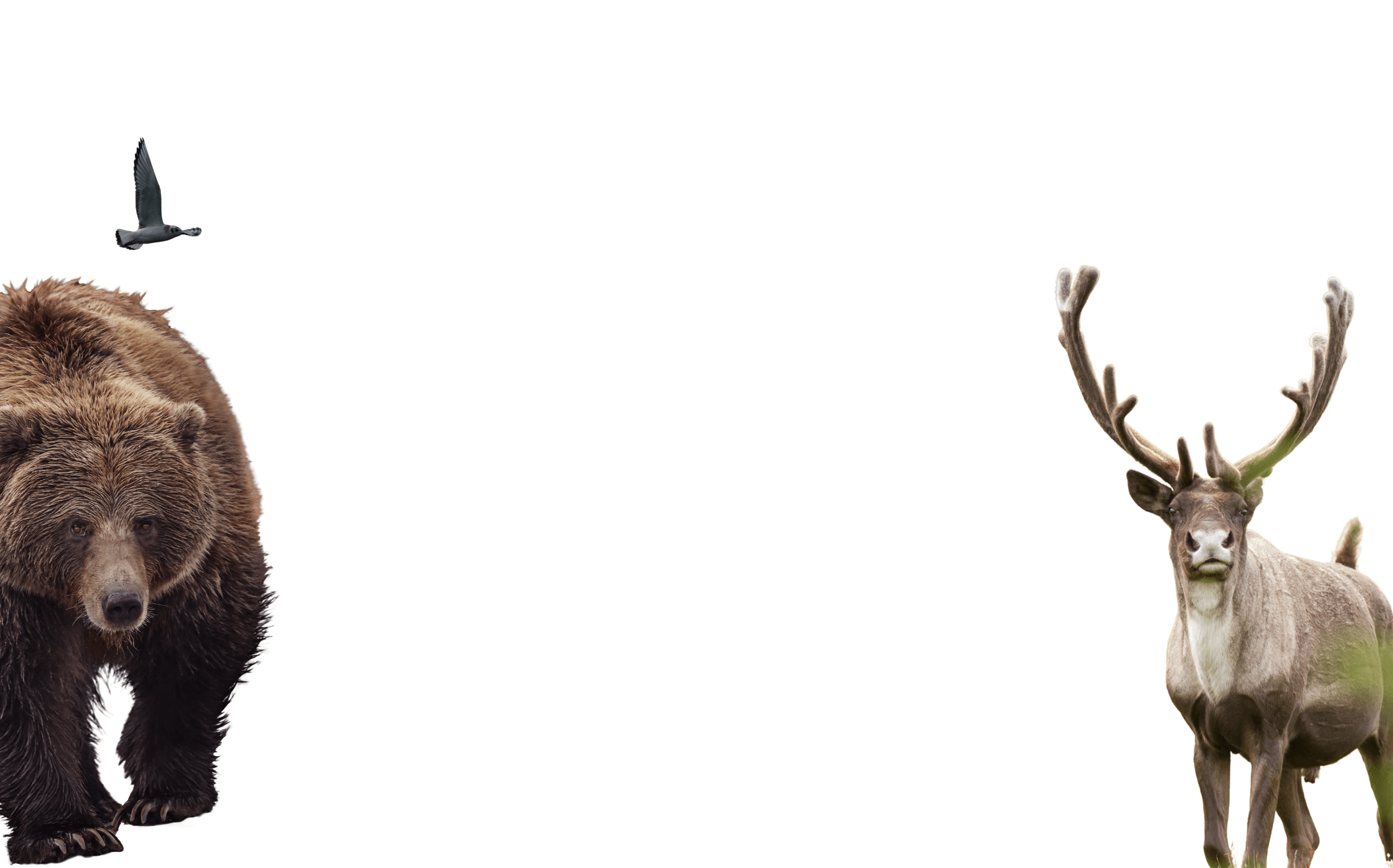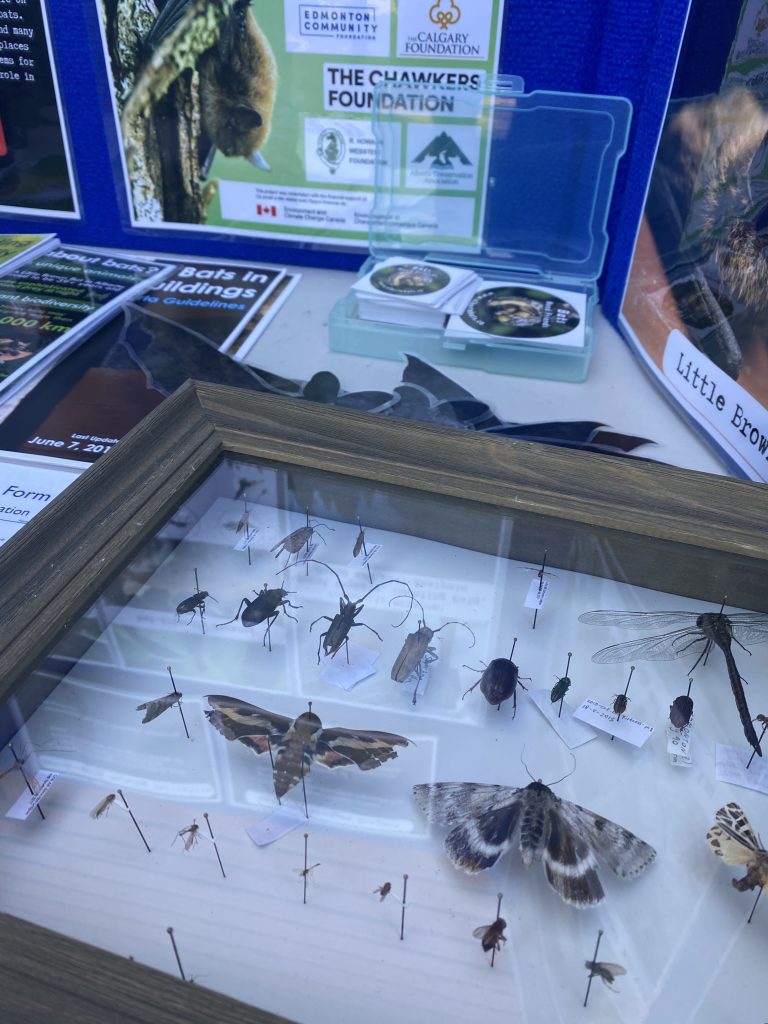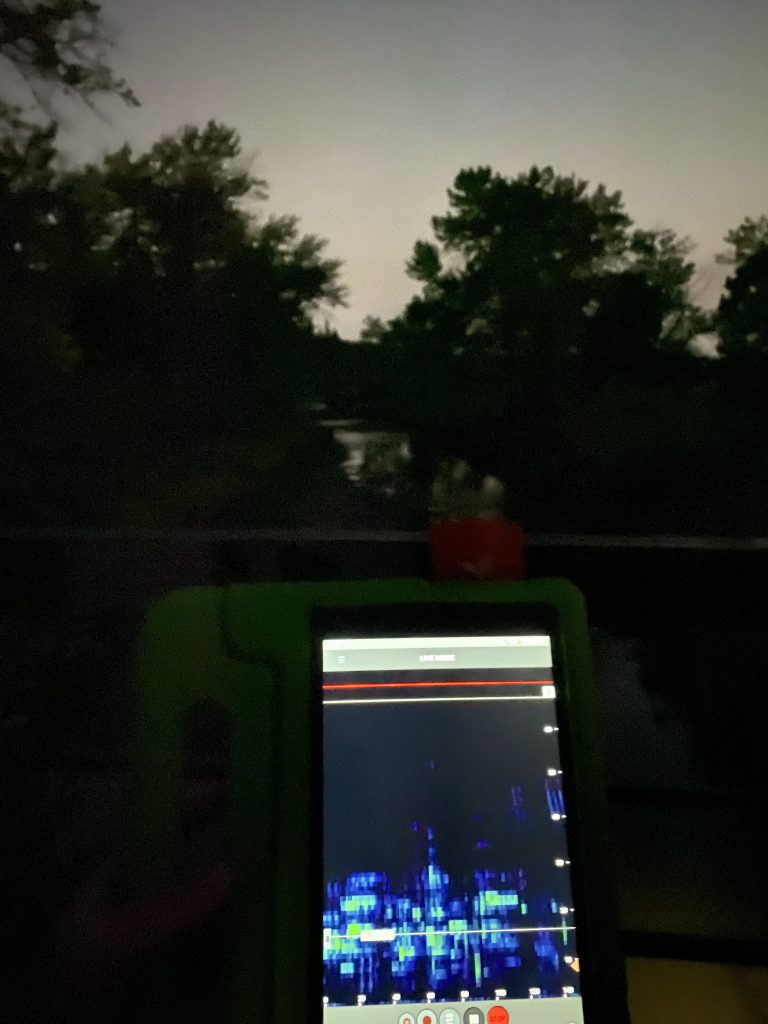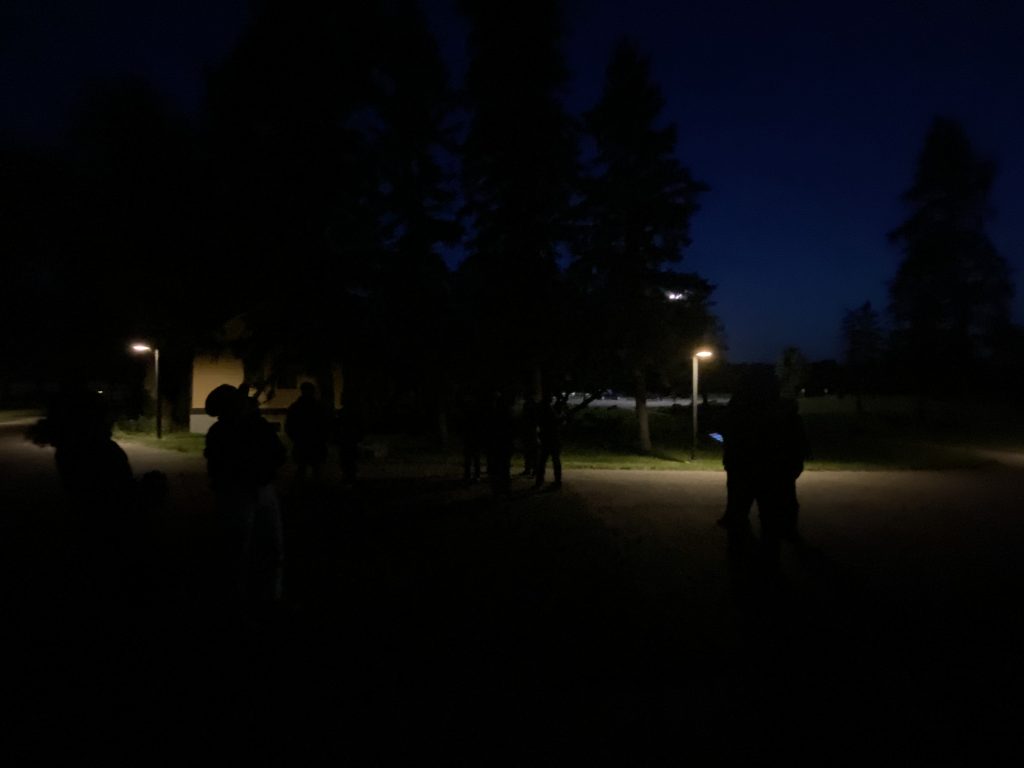
Adventures for Wilderness, Evening Bat Adventure – Aug. 23, 2023
August 23, 2023
- •
- •
- •
Led by Susan Holroyd
The Germans were feeling a bit whimsical when they settled on this nocturnal animal’s name: Fledermaus, a mouse that flutters. The French were more blunt with the only mammals capable of flight – here they are called chauve-souris or the bald mouse. Susan Holroyd from the Wildlife Conservation Society’s (WCS) Alberta Bat Community Program assured participants of the recent bat adventure that mouse was a misnomer. She says, think of bats as tiny flying bears.
Like bears, bats are long lived. Records of Alberta’s most common species, the little brown bat, document individuals over 30 years old. Reproductively, bats share small litter sizes with bears, typically giving birth to one pup each year. Bats and bears both raise their young and live communally in female-led family units – while these units are much smaller for bears, consisting of a mother and her growing cubs, female bats rear their pups in maternal colonies, alongside many generations of mothers, grandmothers, and great grandmothers. While three species of bats in Alberta are migratory, the remaining six are able to overwinter by hibernating like bears, accumulating fat stores over the warmer months and suppressing their metabolism and activity throughout winter.
And winter is coming folks. As Susan guided the group through a bat chat filled to the brim with bat facts, she mentioned that it is at this point in the season bats are making some of their most important preparations to survive the cold. The hoary, Eastern red, and silver-haired bats are leaving; flying south is their strategy. Unfortunately, this tactic also presents their greatest threat. Through collisions and pressure changes, wind turbines are particularly lethal to our migrators. Luckily, research has shown that simply by locking the blades overnight, when wind speeds are low and the weather is clear, for around six weeks between August and September is extremely effective mitigation and results in almost negligible losses in power generation – the real challenge is getting industry to adopt this practice.
Using devices that could detect the frequencies of bat calls, the group surveyed Fish Creek Provincial Park. The bats were out bulking up, catching as many insects as possible to build up their body weight. While this strategy is crucial just to make it through an ordinary winter, hibernating species in Alberta are further challenged by the arrival of the fungus Pseudogymnoascus destructans in the province. The fungus causes White-Nose Syndrome in bats, a disease that results in increased activity, depleted reserves, and ultimately death for these species, who no longer have the energy to make it to spring. It is truly a devastating disease, with population declines of up to 94% in Eastern Canada bat populations where it was first documented.
Alberta is essentially the last stronghold in Canada – while the fungus has been detected here, no cases of white-nose syndrome have been confirmed, yet. It is WCS’s hope that the fungus will have more challenge growing here, that our populations will evade the worst of the disease, but increased research and monitoring is necessary to fully understand the scope of the issue. If you would like to support this important work, check out the Alberta Bat Community Program’s website – as Susan says, bats need friends!







